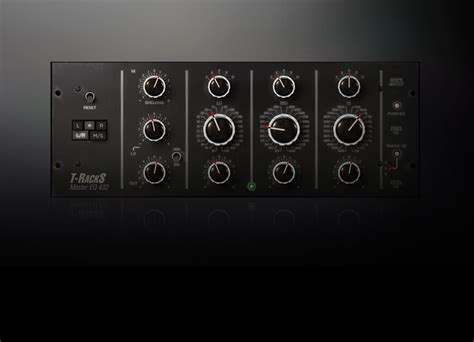Master EQ Now: Achieve Stunning Platinum Sound
Achieving that coveted "platinum" sound in your mixes—that polished, radio-ready sheen—often hinges on masterful equalization. While compression and other processing tools play crucial roles, EQ is the foundation. This guide dives deep into mastering EQ techniques to help you achieve stunning results. We'll explore essential concepts and provide practical strategies for refining your mixes and bringing them to a professional level.
What is Mastering EQ?
Mastering EQ differs significantly from mixing EQ. While mixing EQ shapes individual tracks, mastering EQ focuses on the overall balance and frequency spectrum of the entire mix. It's the final polish, addressing subtle tonal imbalances and ensuring the track translates well across various playback systems. Mastering EQ is typically more subtle than mixing EQ; it's about refinement, not drastic alterations.
Why is Mastering EQ Important?
Mastering EQ is critical for several reasons:
- Spectral Balance: It ensures a balanced frequency response, preventing muddiness in the low-end or harshness in the high-end.
- Clarity and Definition: It enhances clarity and definition by carefully sculpting the frequencies of different instruments and vocal parts.
- Translation: It optimizes the track's sound across various playback systems (speakers, headphones, car stereos), ensuring consistent quality.
- Loudness and Dynamics: While not its primary function, mastering EQ can indirectly influence loudness and dynamics by subtly shaping the frequency response.
Common Mastering EQ Techniques
Several techniques are vital for effective mastering EQ:
- High-Pass Filtering: Removing low-frequency rumble from instruments and vocals that aren't supposed to be there cleans up the low-end and provides headroom. This is often the first step in mastering EQ.
- Low-Cut Filtering: Similar to high-pass filtering, but focuses on removing unnecessary low frequencies from specific instruments, such as cymbals or high hats.
- Broad Band EQ: Used to make larger adjustments to the overall tonal balance, like adding warmth in the lows or air in the highs. Often involves broad Q settings.
- Precise Band EQ: Targets specific problem frequencies with narrow Q settings for surgical precision. This is ideal for eliminating harsh resonances or boosting subtle details.
- Shelf EQ: Boosts or cuts frequencies above or below a specific point, influencing the overall tonal character—great for gently shaping the bass or treble.
How to Use Mastering EQ Effectively
Effective mastering EQ requires a combination of technical skill and artistic judgment. Here's a step-by-step approach:
- Listen Critically: Before applying any EQ, thoroughly listen to your mix on various playback systems. Identify areas needing improvement.
- Start Subtly: Begin with small adjustments. Mastering EQ should be subtle and enhance, not drastically alter, the sound.
- Use High-Quality Monitoring: Accurate monitoring is crucial for making informed decisions.
- Address Problem Frequencies: Focus on specific frequencies that sound muddy, harsh, or lacking clarity.
- A/B Comparisons: Frequently A/B compare your processed and unprocessed mix to ensure you're moving in the right direction.
- Gain Staging: Be mindful of gain staging to avoid clipping or excessive noise.
- Less is More: Often, the most effective mastering EQ involves subtle adjustments that enhance the overall sound without being noticeable.
What are some common problems that mastering EQ fixes?
Muddy Low-End: A common issue caused by overlapping frequencies in the bass range. Mastering EQ can help to clarify this by using high-pass filters on instruments that don't need low frequencies and carefully sculpting the bass frequencies of the overall mix.
Harsh Highs: Sibilance (excessive "s" sounds) and other harsh high frequencies can be tamed by using a narrow band EQ to cut specific problem frequencies.
Lack of Clarity: A dull or undefined mix often benefits from subtle boosts in specific mid-range frequencies or careful high-pass filtering.
Poor Stereo Imaging: While not directly addressed by EQ alone, mastering EQ can help improve stereo imaging by subtly adjusting the frequencies of the left and right channels.
What are some essential tools and plugins for Mastering EQ?
Numerous mastering EQ plugins are available, from free options to high-end professional tools. Some popular choices include:
- FabFilter Pro-Q 3
- Waves Linear Phase EQ
- Brainworx bx_digital V3
- iZotope Ozone
Conclusion: Mastering the Art of Mastering EQ
Mastering EQ is a skill honed over time through practice and experience. By understanding the fundamental principles and techniques discussed here, you can significantly improve your mixes and achieve that professional, polished sound. Remember, subtlety is key—focus on enhancing your mix rather than drastically altering it. With patience and attention to detail, you'll soon master the art of mastering EQ and unlock the potential for truly stunning platinum-quality sound.

